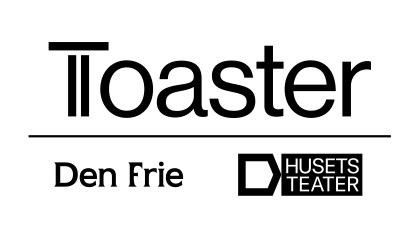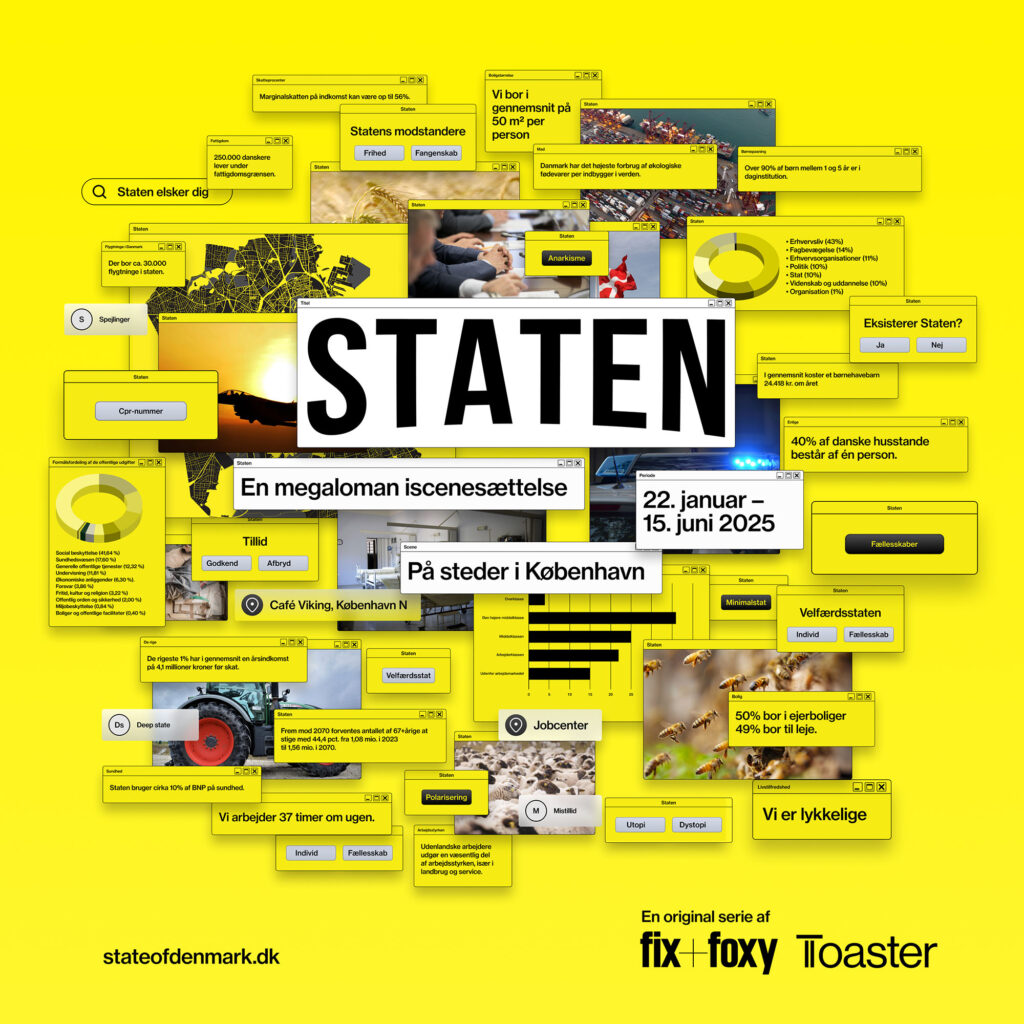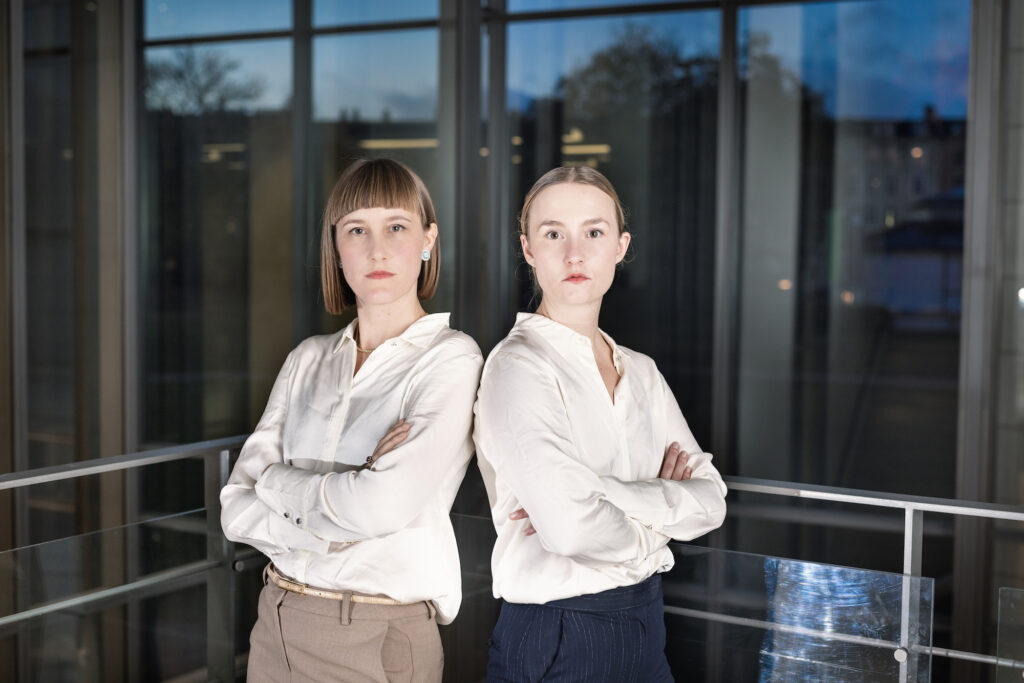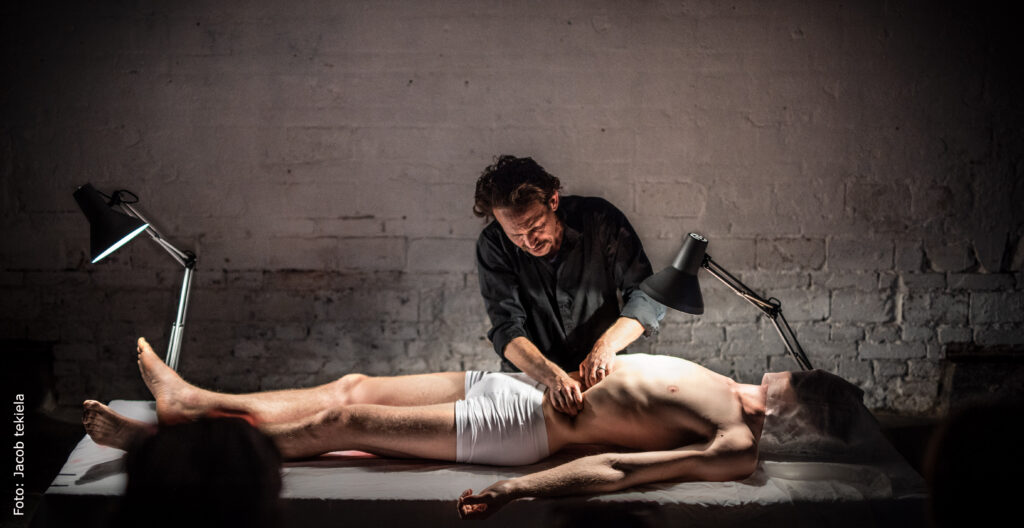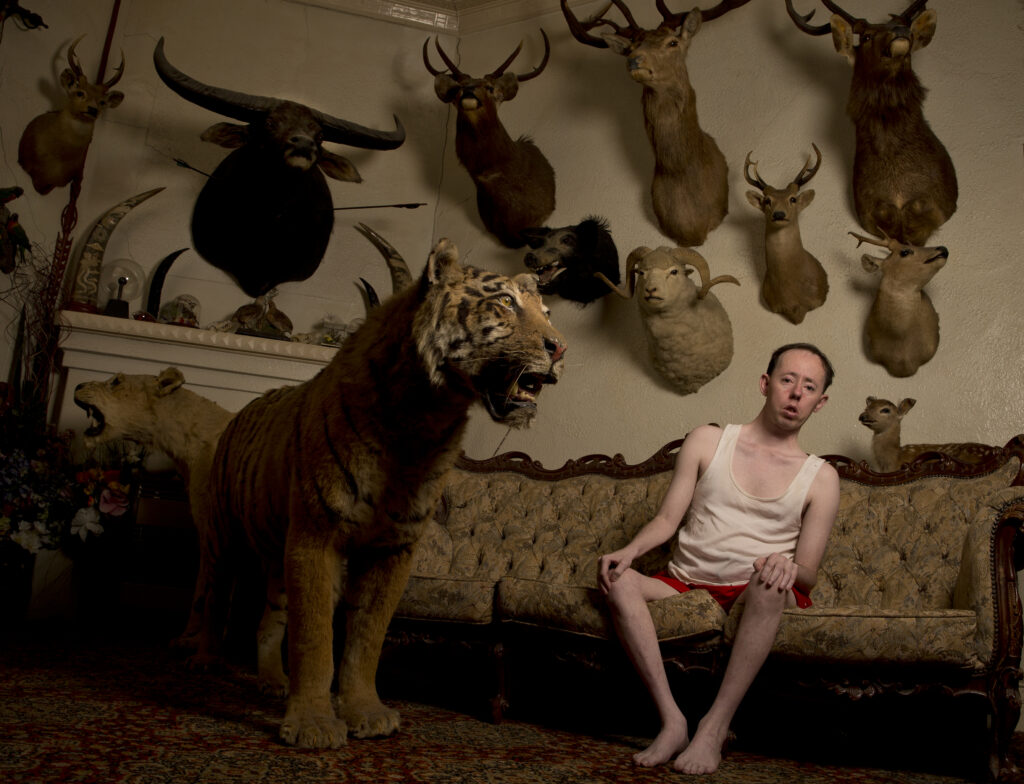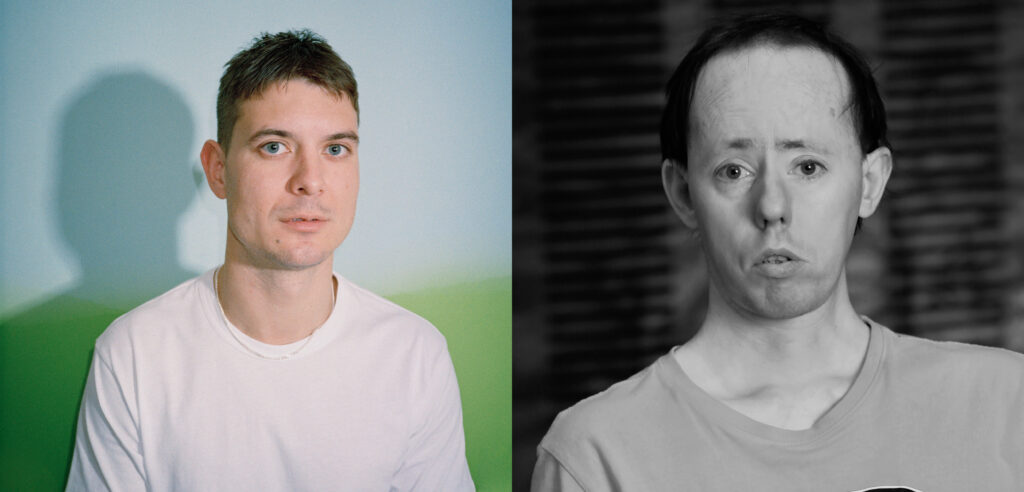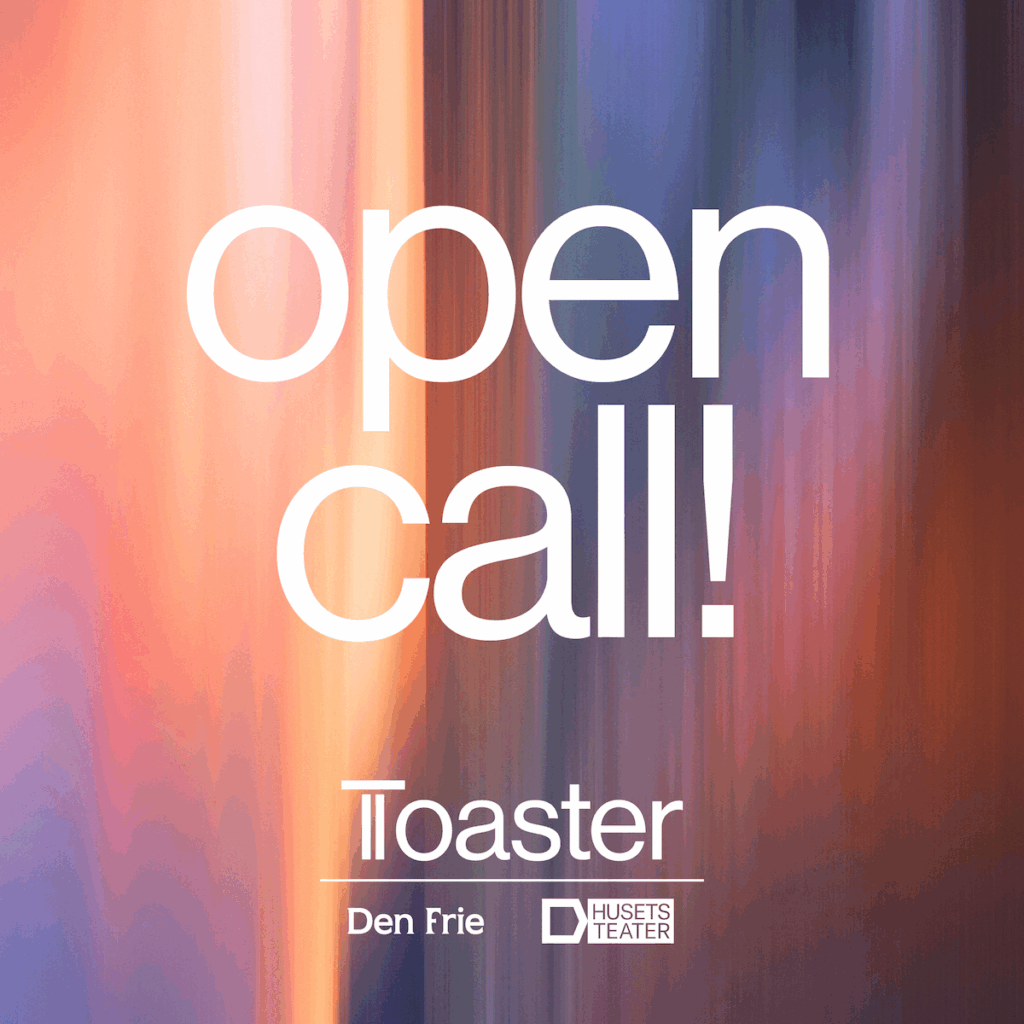TOASTER RECEIVES NEW FOUR-YEAR FUNDING
Toaster, a unique collaboration between a theatre — Husets Teater, and an exhibition space — Den Frie, has received a new four-year grant from the Danish Arts Foundation. With this support, Toaster can sharpen its profile as Denmark’s leading platform for performance art and continue its work at the intersection of performing and visual arts.
“We are thrilled that Toaster has been extended. Now we can continue our work in developing the field of performance and highlighting independent artists and groups. Toaster allows us to experiment with new formats and surprise audiences—pushing the boundaries of what performing and visual arts can be and what we expect when we enter a theatre or an art gallery,” says Liv Helm, Artistic Director of Husets Teater.
Four years of experimentation and artistic development
Over the past four years, Toaster has established itself as an experimental platform for the intersection of theatre, performance, and visual art. A range of Danish and international artists — including Filip Vest, Jules Fischer, DANSEatelier, Martin O’Brien, Jessie Kleemann, Maria Metsalu, Teo Ala-Ruona, The Other Eye of The Tiger, Marina Otero, Ligia Lewis, Thjerza Balaj, Eve Stainton, Ville Laurinkoski, and many more—have contributed to Toaster’s diverse program. With the new grant, Toaster looks forward to further refining its profile, positioning itself at the forefront of Danish performance art, and introducing audiences to even more emerging artists.
Toaster has also gained recognition across the art scene. In 2021, its inaugural performance, Another Map to Nevada, was awarded Event of the Year by AICA – the Danish Association of Art Critics—solidifying Toaster’s position as one of the most innovative players in Danish performance art.
A unique collaboration between two cultural institutions
The collaboration between Husets Teater—renowned for its powerful theatrical performances and modern interpretations of classic plays—and Den Frie—a historically rooted centre for Danish and international contemporary art—is unique in both structure and approach. This partnership has created a distinctive platform for performance art. The fusion of the two institutions’ expertise has proven to be a strong foundation for innovative performance works that challenge traditional genre divisions. Through Toaster, these combined efforts elevate performance art to new heights.
“It is truly unique that a theatre and an art gallery collaborate to support performance art. This close partnership has expanded our perspective and deepened our understanding of performance, which is evolving rapidly. With the new grant, we can continue presenting works that explore and challenge the boundaries between theatre and visual art. We look forward to four more years of artistic experimentation and engaging encounters with our audiences,” says Marianne Torp, Director of Den Frie.
Sustainability, diversity, and fair working conditions
Toaster is also committed to improving conditions for independent artists. With the new funding, the platform can continue to offer artistic development, technical support, and better working opportunities. This commitment was recognized in 2024 with a nomination for the Fair Practice Performing Arts Award, which honours exemplary collaboration models between venues and artists.
A new partnership at Thoravej 29, initiated by the Bikuben Foundation, in which Toaster is a collaborator, will also contribute to greater stability, focus, and immersion for artists.
“Performance artists have traditionally been rock and rollers, managing every aspect of their practice on their own. It is crucial to ensure time, space, and resources for artistic development. That’s why I am incredibly grateful for this new funding, which will help provide better conditions and frameworks for performance artists to develop their work,” says Toaster’s project manager and curator, Miriam Frandsen.
Future ambitions: A major performance biennale every two years
In the coming years, Toaster will build on the experiences of its previous successful performance festivals—such as Managing Discomfort and Acting In & Out—as well as performance programs integrated into exhibitions, as seen in Artificial Optimism.
In spring 2026, Toaster will launch an ambitious performance biennale, taking place simultaneously at Husets Teater and Den Frie. This event will recur every two years, showcasing both Danish and international performances and positioning Copenhagen as a significant hub on the performance art map.

